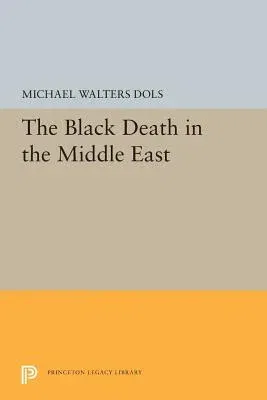In the middle of the fourteenth century a devastating epidemic of
plague, commonly known in European history as the "Black Death," swept
over the Eurasian continent. This book, based principally on Arabic
sources, establishes the means of transmission and the chronology of the
plague pandemic's advance through the Middle East.
The prolonged reduction of population that began with the Black Death
was of fundamental significance to the social and economic history of
Egypt and Syria in the later Middle Ages. The epidemic's spread suggests
a remarkable destruction of human life in the fourteenth century, and a
series of plague recurrences appreciably slowed population growth in the
following century and a half, impoverishing Middle Eastern society.
Social reactions illustrate the strength of traditional Muslim values
and practices, social organization, and cohesiveness. The sudden
demographic decline brought about long-term as well as immediate
economic adjustments in land values, salaries, and commerce.
Michael W. Dols is Assistant Professor of History at California State
University, Hayward.
Originally published in 1977.
The Princeton Legacy Library uses the latest print-on-demand
technology to again make available previously out-of-print books from
the distinguished backlist of Princeton University Press. These editions
preserve the original texts of these important books while presenting
them in durable paperback and hardcover editions. The goal of the
Princeton Legacy Library is to vastly increase access to the rich
scholarly heritage found in the thousands of books published by
Princeton University Press since its founding in 1905.

